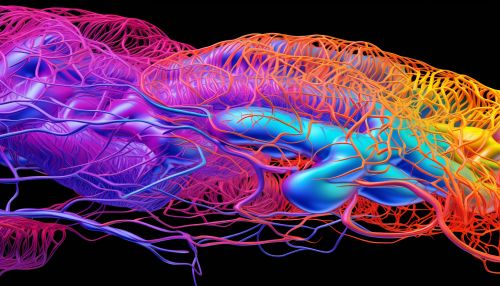Bipolar Disorders
Overview
Bipolar disorders, also known as manic-depressive illnesses, are a group of brain disorders that cause unusual shifts in mood, energy, activity levels, and the ability to carry out day-to-day tasks. These disorders are characterized by episodes of mania and depression that can occur separately or simultaneously, and can last for days, weeks, or even months.


Types of Bipolar Disorders
There are several types of bipolar disorders, each with its own set of symptoms, causes, and treatments. These include:
Bipolar I Disorder
Bipolar I disorder is characterized by at least one manic episode or mixed episode. It may also include episodes of major depression, but this is not required for diagnosis.
Bipolar II Disorder
Bipolar II disorder is characterized by at least one major depressive episode and at least one hypomanic episode, but with no full-blown manic or mixed episodes.
Cyclothymic Disorder
Cyclothymic disorder, or cyclothymia, is a milder form of bipolar disorder. It consists of cyclical mood swings, but the symptoms are less severe than full-blown manic or depressive episodes.
Other Specified and Unspecified Bipolar and Related Disorders
These disorders are characterized by bipolar disorder symptoms that do not match the three categories listed above.
Causes
While the exact cause of bipolar disorder is unknown, it is believed to be a combination of genetic, environmental, and biological factors. Genetic predisposition plays a significant role, with individuals having a family history of the disorder being at a higher risk. Environmental factors such as stress, trauma, or significant life changes can also trigger the onset of the disorder. On a biological level, imbalances in certain brain chemicals, including neurotransmitters, are believed to play a role.
Symptoms
Symptoms of bipolar disorder can vary greatly between individuals and depend on the type of episode (manic, hypomanic, depressive, or mixed) they are experiencing. Some of the common symptoms include:
Manic Episode
During a manic episode, individuals may feel very upbeat, jumpy, or wired. They may have increased activity levels, feel agitated, irritable or touchy, and have trouble sleeping.
Hypomanic Episode
Symptoms of a hypomanic episode are similar to a manic episode but are less severe and do not interfere with the individual's ability to function.
Depressive Episode
During a depressive episode, individuals may feel sad, down, or hopeless. They may have decreased activity levels, trouble concentrating, and may even have thoughts of death or suicide.
Diagnosis
Diagnosis of bipolar disorder is based on the presence of symptoms that meet the criteria for manic, hypomanic, or depressive episodes. This is usually done through a comprehensive psychiatric evaluation and may also include a physical examination to rule out other medical conditions.
Treatment
Treatment for bipolar disorder typically involves a combination of medication and psychotherapy. Mood stabilizers, antipsychotic drugs, and antidepressants are commonly used to manage the symptoms. Psychotherapy, such as cognitive-behavioral therapy (CBT), family-focused therapy, and interpersonal and social rhythm therapy, can also be beneficial.
Prognosis
With proper treatment and management, individuals with bipolar disorder can lead healthy and productive lives. However, it is a lifelong condition and individuals may experience relapses. Regular follow-up with healthcare providers and adherence to treatment is crucial for managing the disorder.
